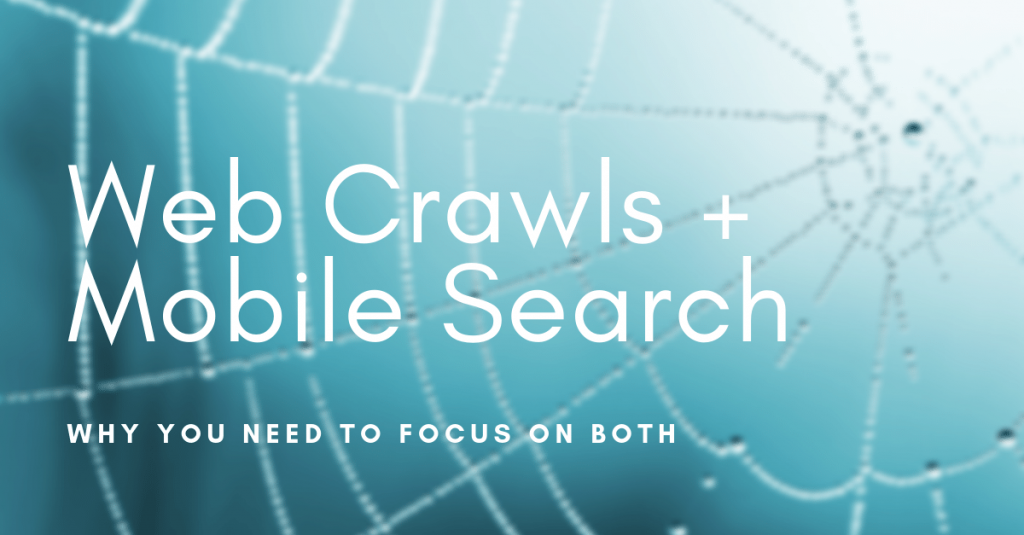
Who knew that we could actually enjoy spiders crawling? Well, Google does! Google uses special “Spider” bots to “crawl” the web and find content. So what exactly does “crawling” mean and why is it beneficial to you? How can we improve a website’s crawlability? Let’s find out!
A “Spider” bot is what actually discovers the content that is on the internet.The technical definition of a web crawl is a bot on the internet that goes through a webpage and all its links. The bot continues to follow all the subsequent linking pages. This goes on until all of the pages have been indexed (stored copies of pages that Google has crawled).
Web Crawlability is beneficial because they collect information about a particular website and all the links related to that page. It also helps with links and HTML code.
In Detail
Let’s walk through the step by step crawling process of the spider:
Page 1: The starting point for the spider, it checks out all of the content on the page.
Next Pages: Once all of the content has been reviewed, if there are any links on the page, the spider goes onto those links and crawls through their information.
To Infinity and Beyond: The spider then follows any links on those pages, and then the next pages and just keeps crawling through the links on the following pages. (Check out our recent blog on backlinks and then think about why they are so important for crawlability!)
After all the pages have been crawled, a copy of all of the pages is saved on Google’s servers. Otherwise known as the index that we referenced earlier. Even though there are billions of pages that are stored in Google’s index, Google is actually able to go through them very quickly. This may sound complicated but this is what happens every time you do a Google Search.
To put that into even more perspective, whenever you search the internet, you are not actually searching the live web. You are really searching Google’s crawled index. Kind of crazy thinking about how fast those search results appear.
This is why keeping up with search engine optimizers is so important to the health of your SEO strategy. Read our recent blog on the Top 5 Digital Marketing Trends of 2019 and see if you are doing what it takes to top the search results.
There are a few factors that influence how the Google Spider Bot will crawl a website. One technical SEO effort that will help mobile users long term to enhance Google crawling is link building. Check out our recent blog on internal and inbound links to find out more.
How Mobile has Changed the Crawling Game
Mobile search has quickly beat out desktop searches as the number one way people get information. Most people are searching on mobile devices now, not desktop computers. Because of that, in 2018, Google switched to a “mobile first index”. What this does is have SERP’s from both desktop and mobile devices will be indexed based on crawls of the local web.
That being said, businesses need to be sure that their webpages are optimized for mobile use. This can be challenging for some businesses as it is hard to keep up with even their SEO strategy, let alone web design.
When you search for a certain phrase on Google, the results that appear are a specially crafted list of websites that match the pattern that is related to your search.
Loading speed is also very important for how your page is ranked. The faster a page loads, the better algorithm score it receives. Some B2B companies may not think it is very important to ensure optimization for mobile speed as most of their traffic comes from desktop devices, but remember, Google has a “mobile first index” and ranks pages based on their mobile crawlability.
Let’s Recap
This is a lot. We know. But it is so important to how all of us utilize search engine optimizers. In short, you want a website that is primed for mobile search (the most popular way to search the web!). The quicker in can mobile search, the farther reach the web crawler can have, which ultimately means a responsive design for mobile users. Request a free consultation from Pulse Digital Advertising to find out how your website performs.